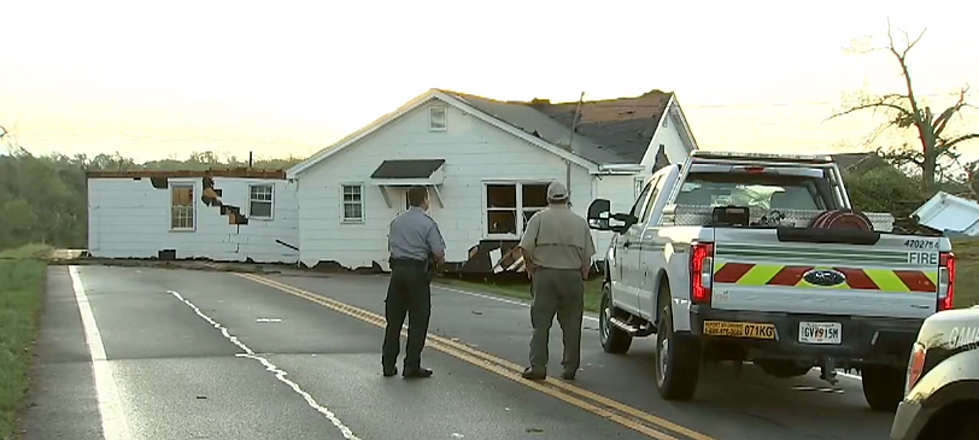Watch an Actual Surgeon Break Down Film and TV Surgery Scenes
Hollywood is, above everything else, a fantasy, and though movies and TV shows may be set in reality and do their best to be accurate, sometimes things slip through the cracks. One of the types of scenes this happens most often in is surgery scenes, scenes where actors playing doctors have to use a lot of technical language and writers need to do lots of research to make sure they’re portraying the scenario correctly. Thankfully, we have real-life surgeons to tell us whether or not they got it right.
For their Technique Critique series, Wired invited Columbia University general surgery resident Annie Onishi to break down 49 emergency room scenes in movies and TV to tell us how accurate they got it. A lot of the time, they fudged. For example, the appendectomy scene in Spies Like Us contains a few sins like having 25 doctors in the room for a procedure that requires two, and not shaving a patient’s very hairy stomach before cutting into it. Rookie Blue, on the other hand, has obviously done their homework, including a nurse calling for help when a patient goes into cardiac arrest and using a bunch of technical terms that a doctor would definitely use in that situation.
While that worms scene from Grey’s Anatomy shows an inaccurate and irresponsible snapping of selfies in the operating room, there is a real infection you can get that causes a ton of worms to block up your intestines. But that self-defibrillation scene in Casino Royale would never happen in real life (he’d have to be unconscious), bullets don’t make that satisfying CLING when placed in those little collection tins (they’re made of plastic), and no one actually says, “We’re losing him!” And while you’re arguing about who’s going to give someone an adrenaline shot, maybe don’t stop doing chest compressions while you talk.
The winners: Rookie Blue, Scrubs, House, The Knick. The losers: everyone else.
More From WGBF-FM










